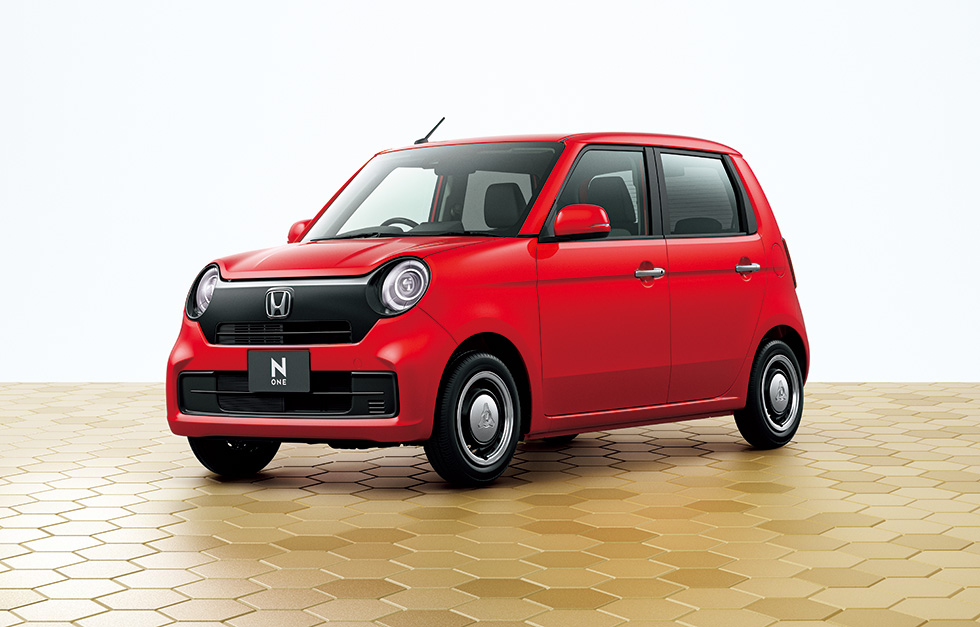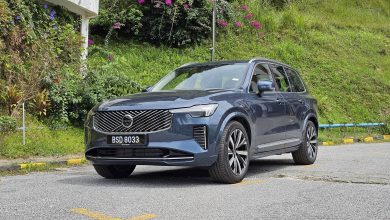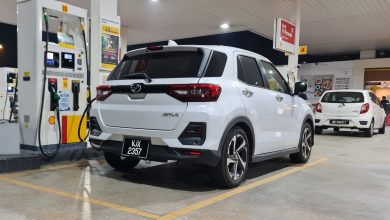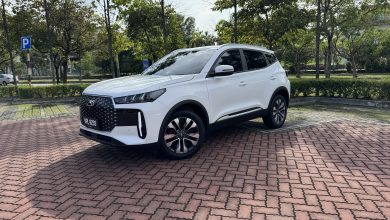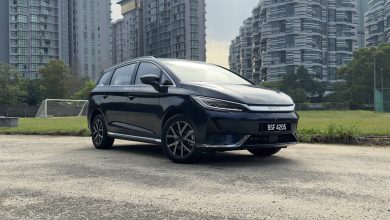Do You Really Need Such A Big Car?
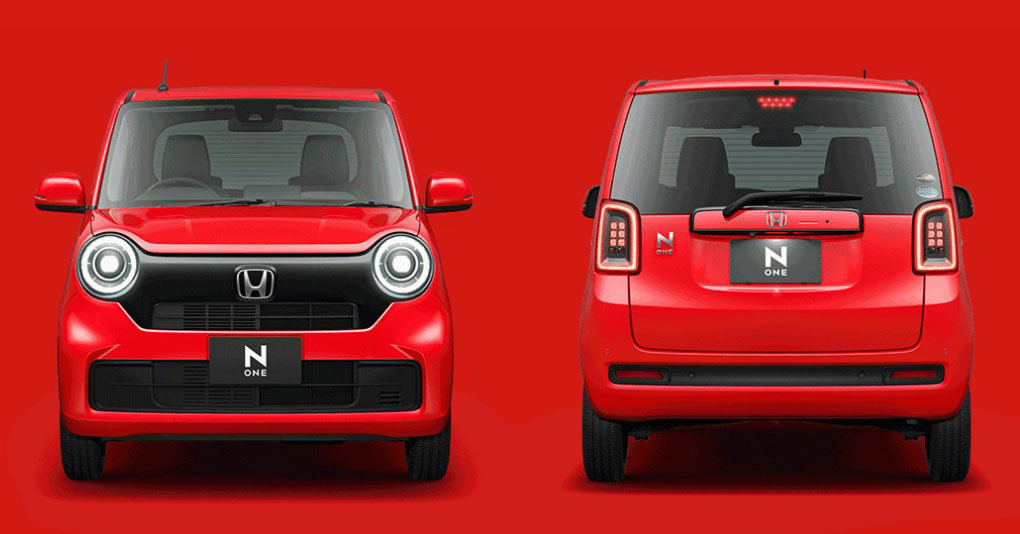
Big is indeed beautiful, but sometimes good things can come in small packages too.
My neighbour had recently traded in his ageing Honda CR-V for a new Honda Jazz. Upon asking the reason for his switch, he quite quickly pointed out that it was not because he wasn’t doing well financially, but instead he just stated that the CR-V was too big for him in his advancing age, and that he didn’t need such a big car after all.
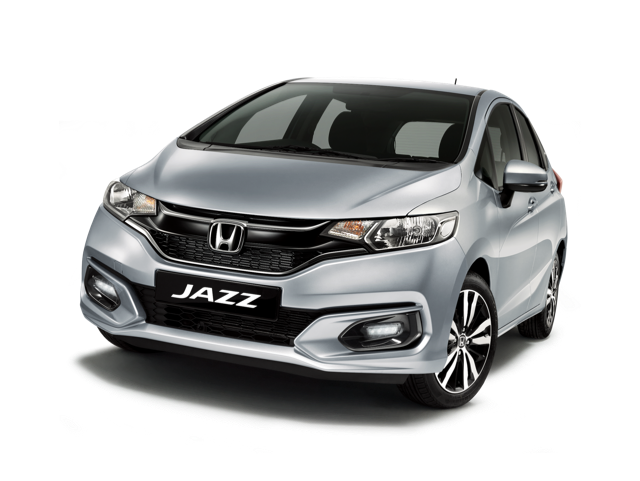
Some of course would have had thought of his move, from his big SUV to the smaller hatchback, as a downgrade. Having to pre-empt the fact that he wasn’t going broke at near the start of the article is already proof to the prejudice that exists.

Granted, the Jazz is indeed a cheaper buy than the CR-V. Then again, even if he had swapped his CR-V for a brand new Mazda3 hatchback, which incidentally costs as much as a brand new CR-V, many would still have perceived it as a step down from his previously larger car.
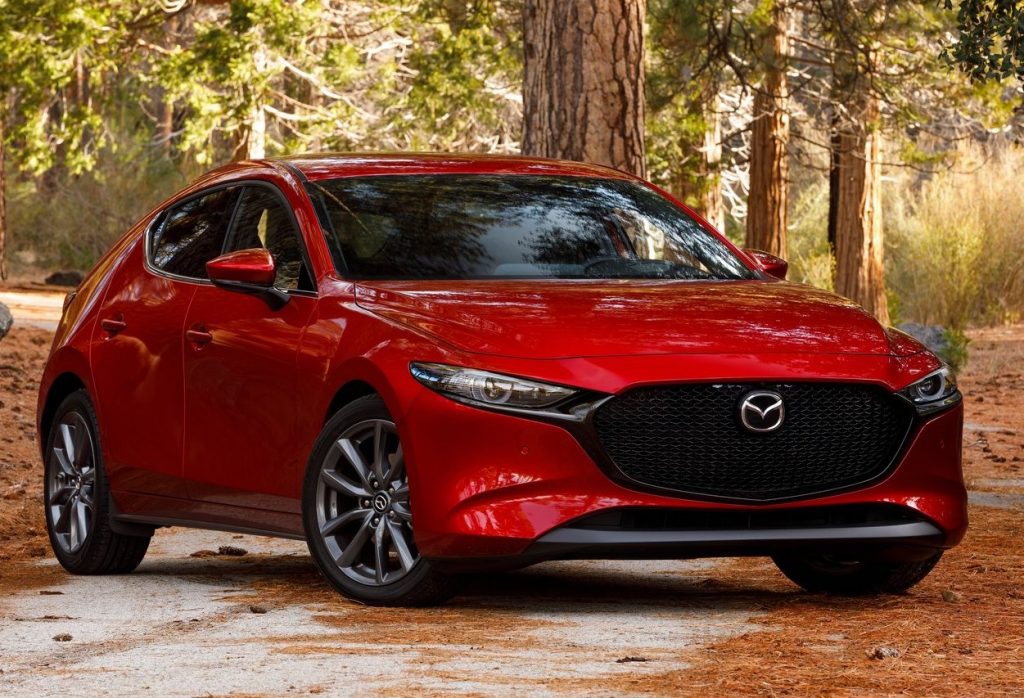
This whole scenario neatly points to the worldwide obsession that bigger is always better. Thereby contributing further to the booming popularity of SUVs these days. However is there really a legitimate need for everyone to drive around such great big behemoths?
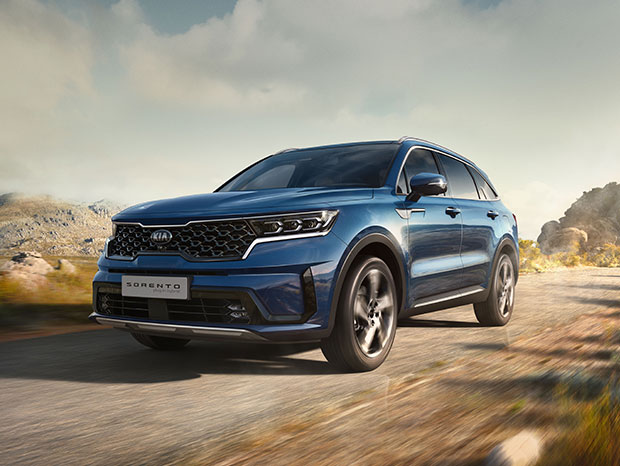
While it is true that modern cars have undoubtably grown in size over the recent years. And yes, there are people out there with legitimate reasons to owning a larger car, because there are people out there who actually need all the space they can eke out of their 7-seater MPV or their pickup trucks. Conversely however, it is also undeniable that there are plenty of people who want larger and larger cars, with more space than most would have any practical use for.
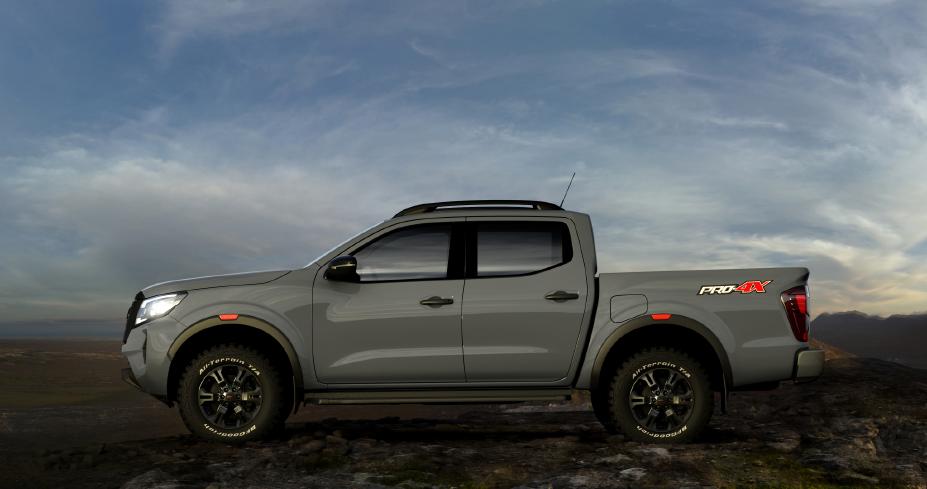
Just think about the termed ‘natural’ progression of car ownership that everyone on the corporate ladder aspires to. Starting at the bottom with a lowly compact car before hopefully ending up (in the rear seat) of a large luxurious MPV or SUV like an Alphard or a Range Rover.
Nearly all of these people however fail to notice that they work within high rise office blocks located right in heart of the a congested city with narrow streets. A place where it is tantamount to madness to drive anything larger than the smallest of hatchbacks on sale today.
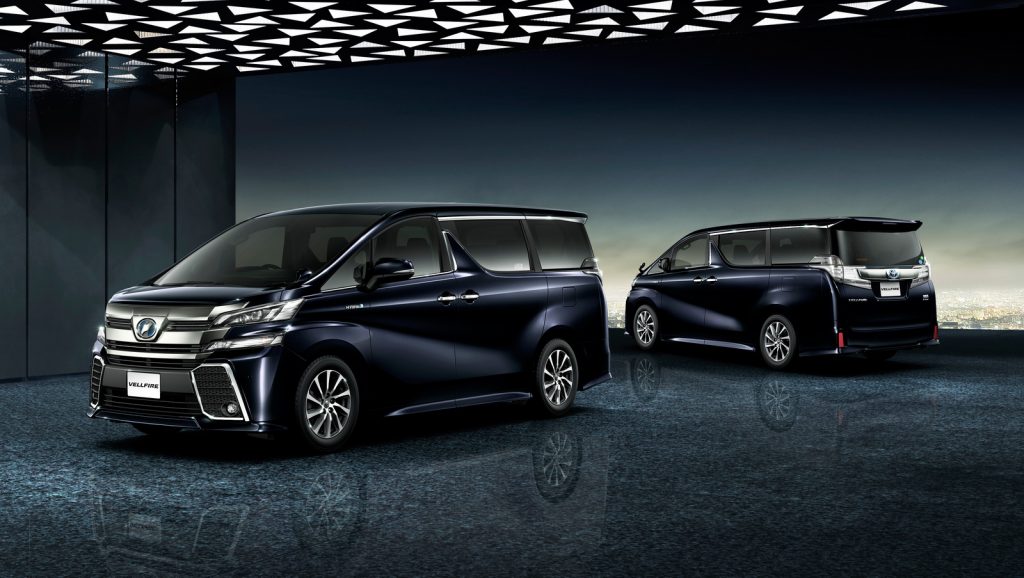
A perfect example of this totally uncalled for excess in the minds of today’s car buyers comes from a family friend. A mature couple with no kids of their own, yet their every day commuter car to their workplace in downtown KL is a great big Land Rover Discovery.
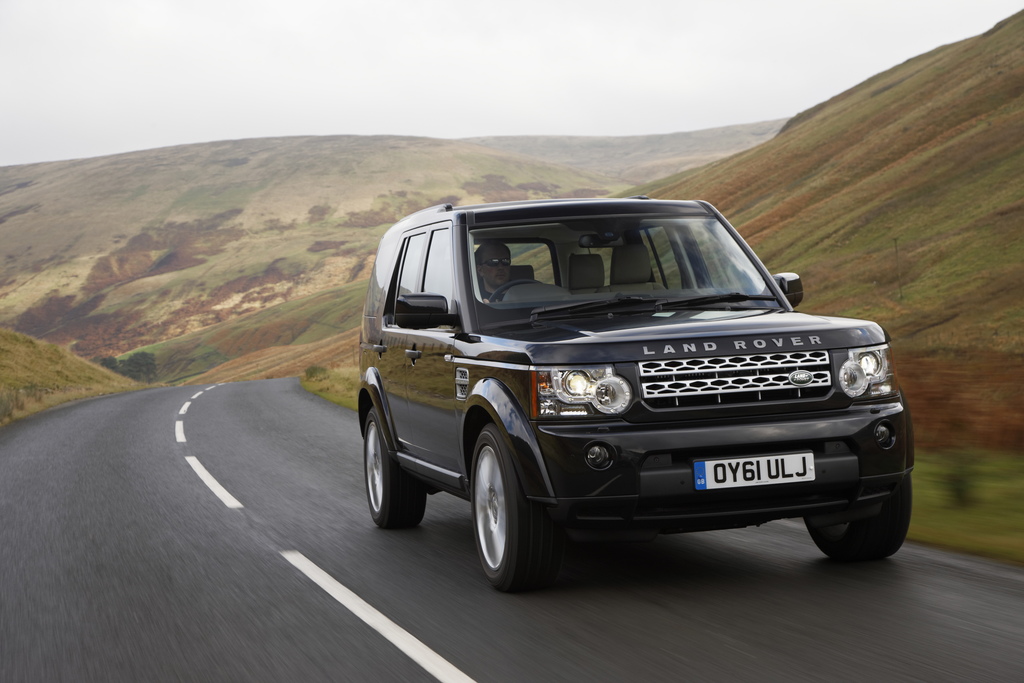
Its second row seats are almost never used, the third row seats probably haven’t even seen the light of day before and its boot probably only filled up to the brim once in its life during one particularly eventful Christmas. Nevertheless, they are still content to potter around the streets of KL in this ginormous car, when a tiny hatchback could have easily been sufficient for all their needs and wants.
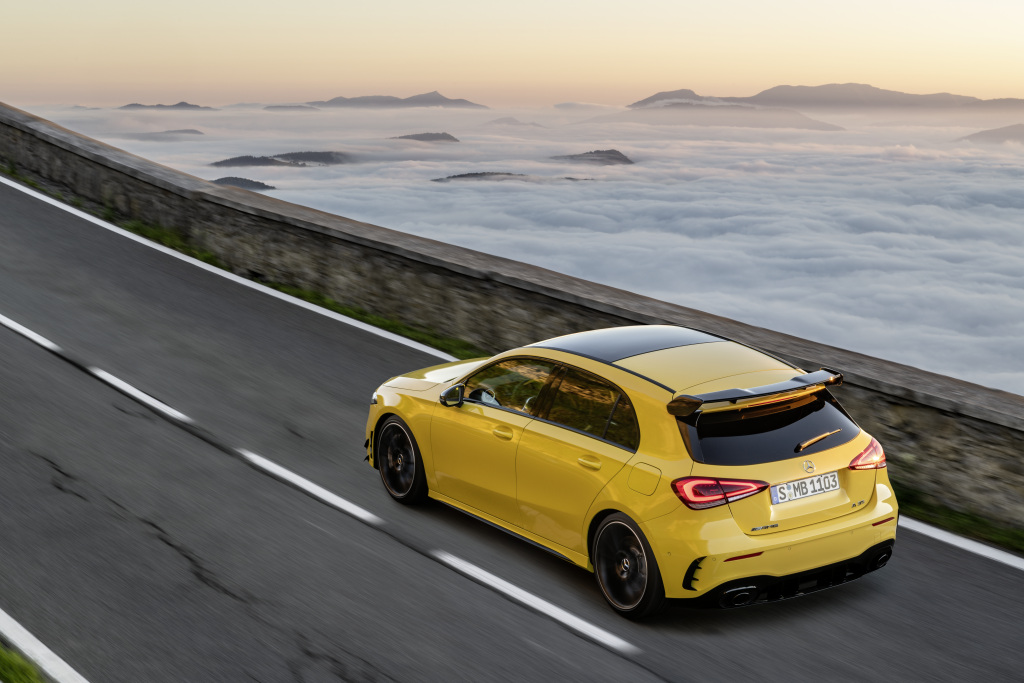
To put this argument in a quantitative way, here then are just some of the reasons as to why a big car doesn’t really make logical sense for the vast majority of motorists:
Fuel Efficiency and Running Costs
You don’t need me to tell you that larger cars are usually heavier too. With this extra mass, there is naturally greater inertia at work when on the move, thereby requiring stiffer springs, larger brakes and larger tires. Leading not only to a drop in ride quality and driving dynamics, but also an increase in maintenance costs too.
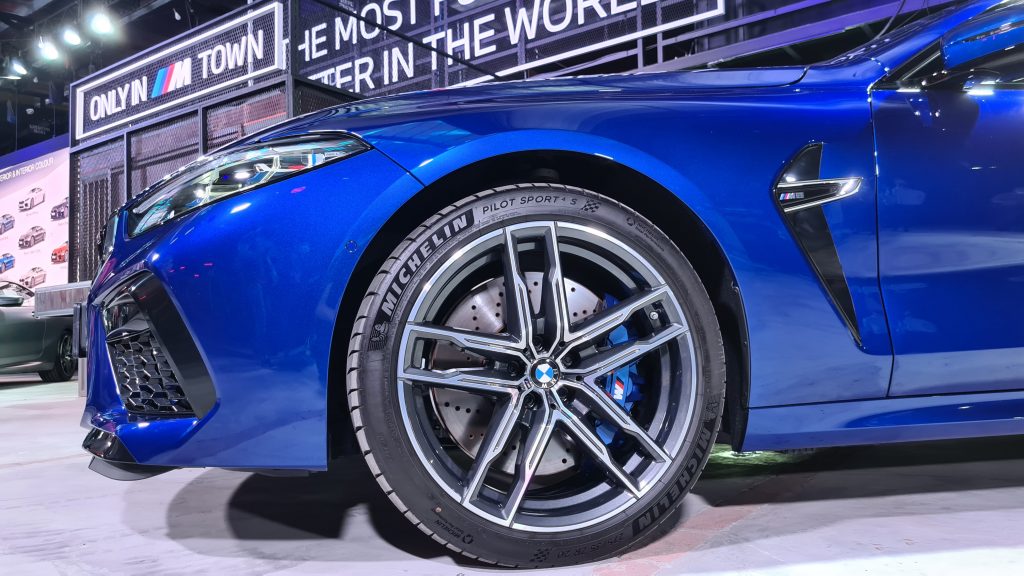
Larger cars are also typically less aerodynamic, thanks to its larger frontal area. So in combination with the extra weight, this usually means a larger engine is to be found under the bonnet to retain the same amount of performance that a smaller car will provide with a smaller engine. Therefore leading to higher fuel bills and the accompanying higher road tax. Not to mention too that these gas guzzling cars are slowly but surely warming the planet.
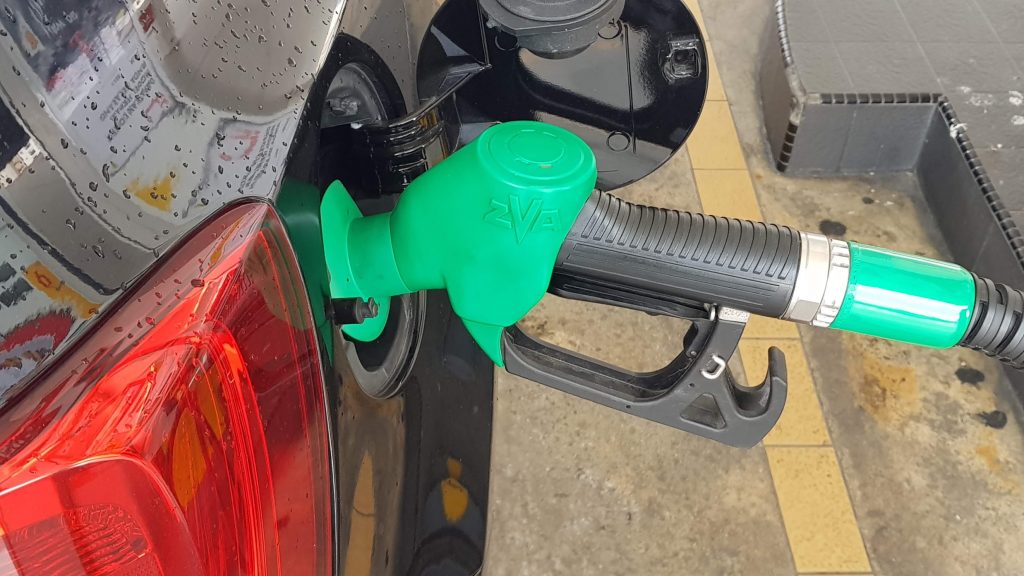
Safety
Moving onto what is perhaps the most commonly used defence as to why people buy behemoths, because according to these people at least: larger cars are safer in the event of a crash. However it is worth noting that this myth has since been disproven time and time again by numerous reputable crash tests.
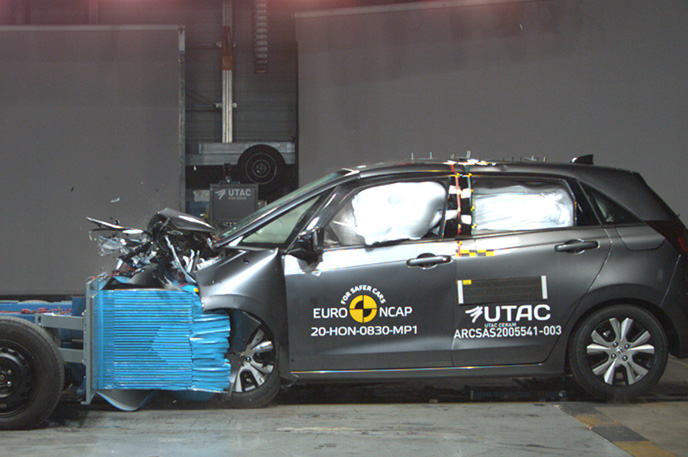
Unlike small cars last time too, which were devoid of any safety tech available on its posher, larger models higher up in the automakers hierarchy, these days most small cars are available with all the safety tech one could reasonable expect, and sometimes even more. Just take a look at the Kia Picanto on sale today, which features six airbags and nearly the same list of extensive kit as found in cars that are twice as large, and twice as expensive.
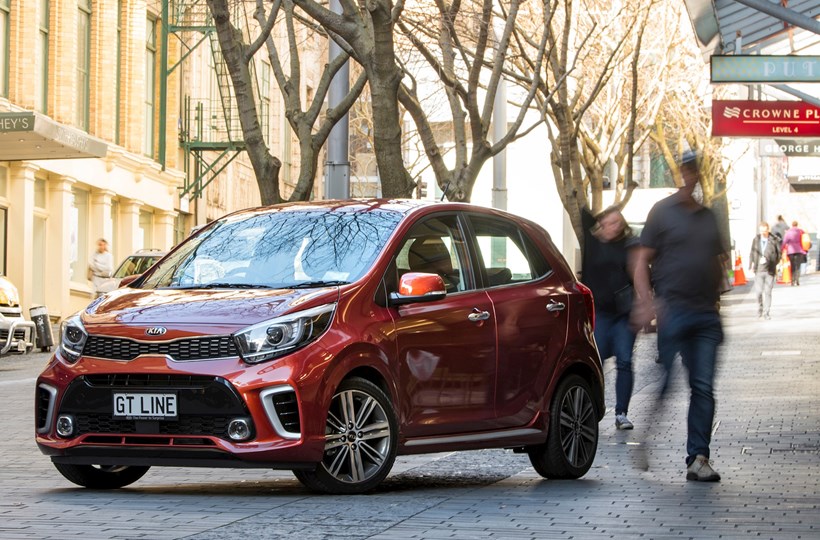
At this point, some might go with the typical SUV counter-argument of a commanding driving position, which allows them to see further into the distance. Then again, higher up = increased rollover risk.
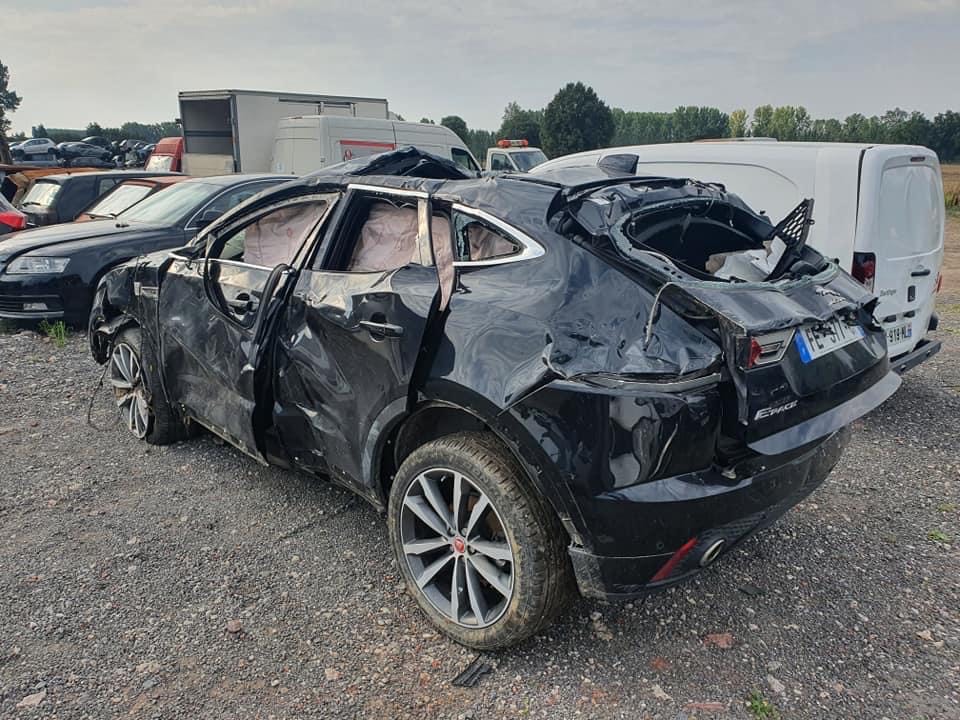
Manoeuvrability and Parking
Speaking of the commanding driving position found in SUVs these days, while it is nice to lord over fellow motorists, these large lumbering vehicles are also a nightmare around narrow city streets, which is essentially most of the backroads in Malaysia. In a tiny car however, one can simply zip through it with ease.
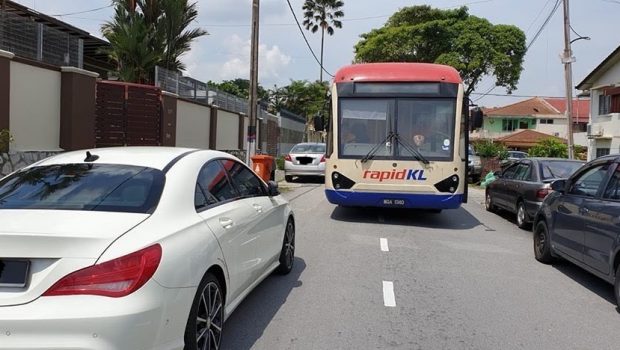
Parking too is inevitably made easier with a smaller car. Both in terms of neatly sliding into a legal bay between two irresponsibly parked cars whose drivers can’t seem to park for their lives, and also in the legally dubious sense of squeezing one’s car into any and every nook and cranny available.
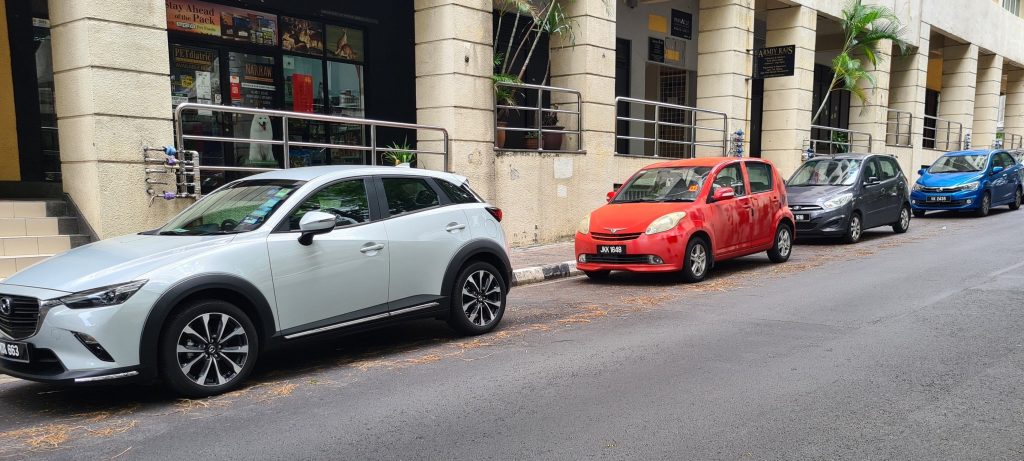
Furthermore, it is not as if you’re really sacrificing too much space too for this easier life on the road. The weekly grocery shopping trip doesn’t actually take up that much boot space. Most small cars also have the same number of doors and seats as its mid-sized SUV equivalents. So the practicality argument for going with a bigger car is on shaky ground to say the least.
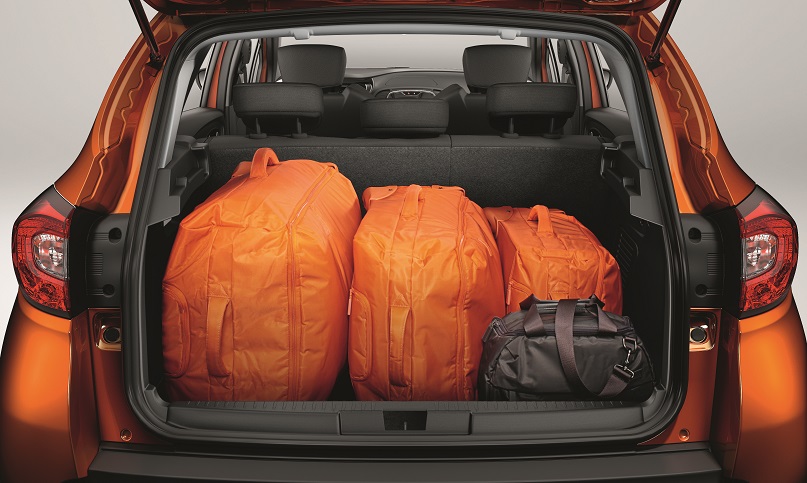
Granted, you aren’t going to be able to leisurely stretch out in the back of tiny hatchback the same way one would in the back of an S-Class. That said, the rear leg room in the new Myvi does comes pretty damn close to the big Benz. Moreover, for the majority of motorists today, how many actually actually have more than the lone driver in the car at any one time on a regular basis?
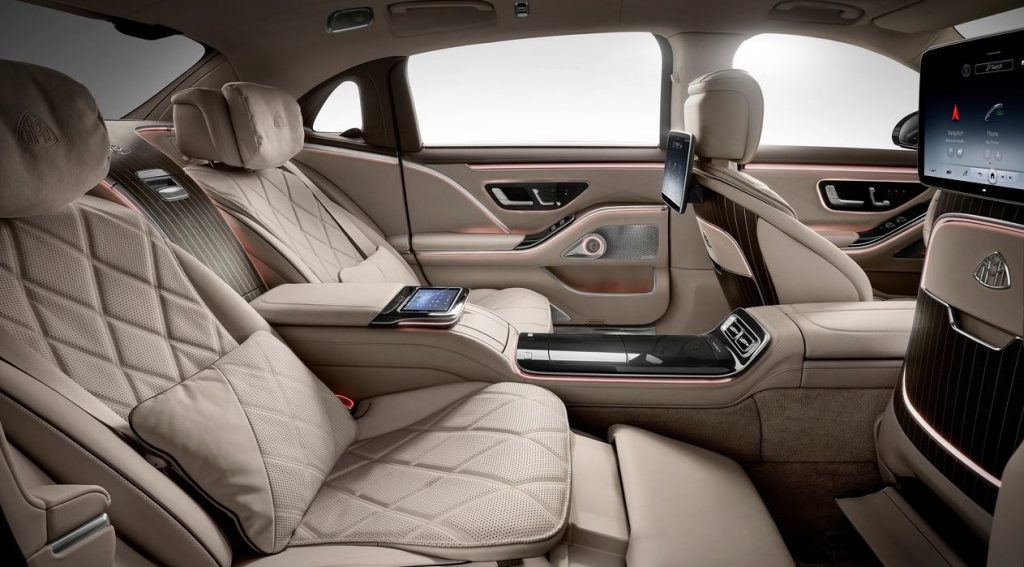
Saying all that however, there is one simple and totally irrational reason as to why small city cars are shunned by many who have the means for its larger alternatives, and that all boils down to status. While many might give the practicality, safety or comfort argument when questioned as to why a young family needs a full-sized SUV, deep down it all because of the most people tend to think bigger is always better, also known as the the ‘I got a big car means I’m doing well’ mentality.
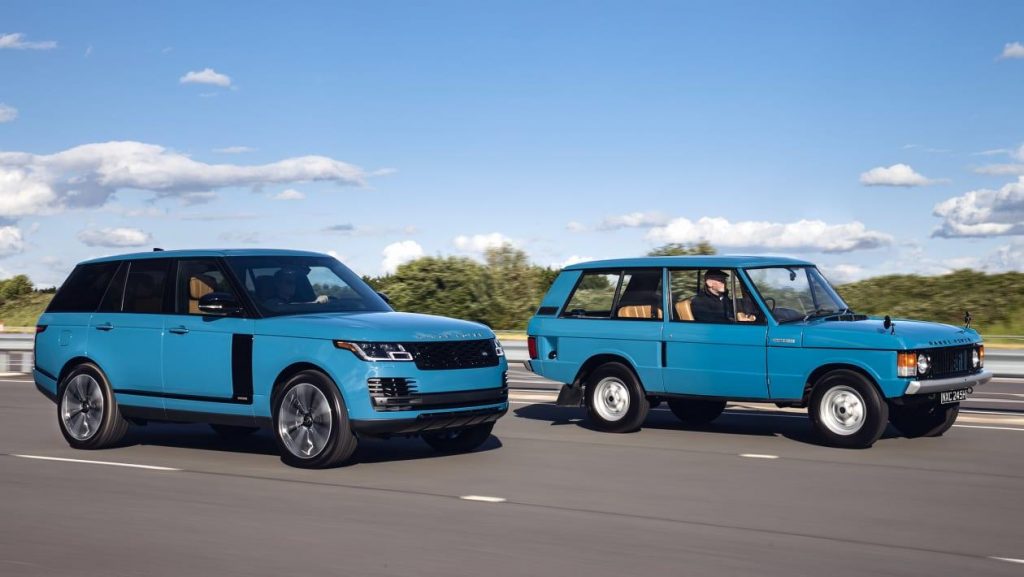
This idea that excess is good is so ingrained into our culture that it is hard for anyone to accept that good things can come in small packages too. A simple example of this is the aforementioned Mazda3 hatchback.
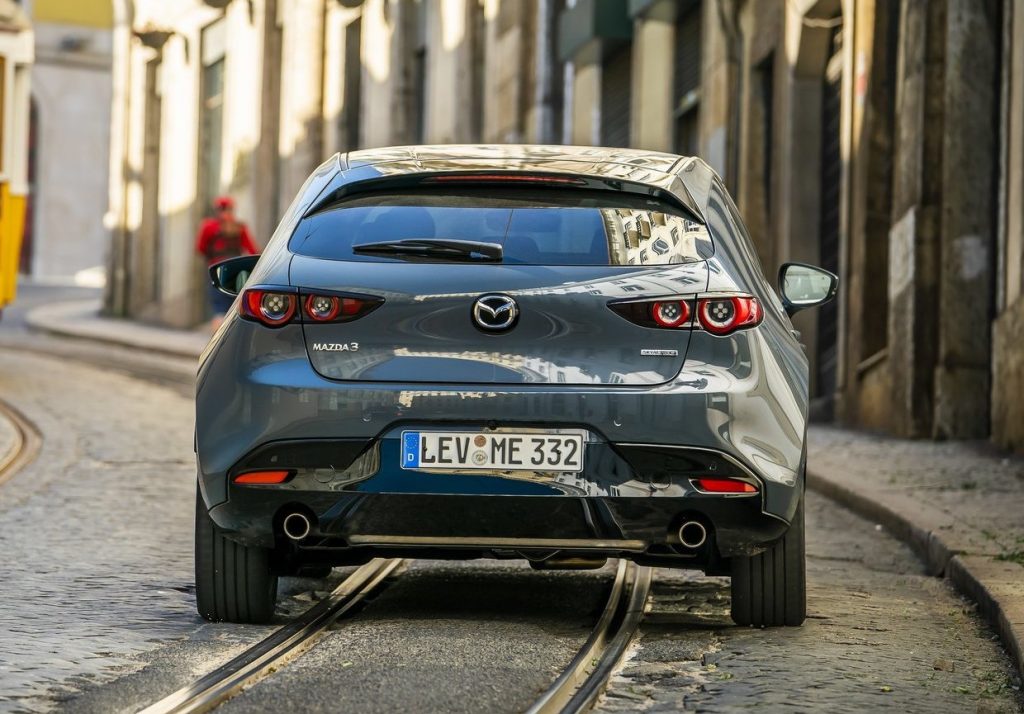
With its sleek exterior, premium interior and its top-tier driving dynamics, it should have sold like hot cakes. Yet it is left out in the cold, as everyone rushes to buy the more expensive Mazda3-based CX-30 instead. That is because the thinking in nearly everyone’s head is: Why buy something small when I can have something big?
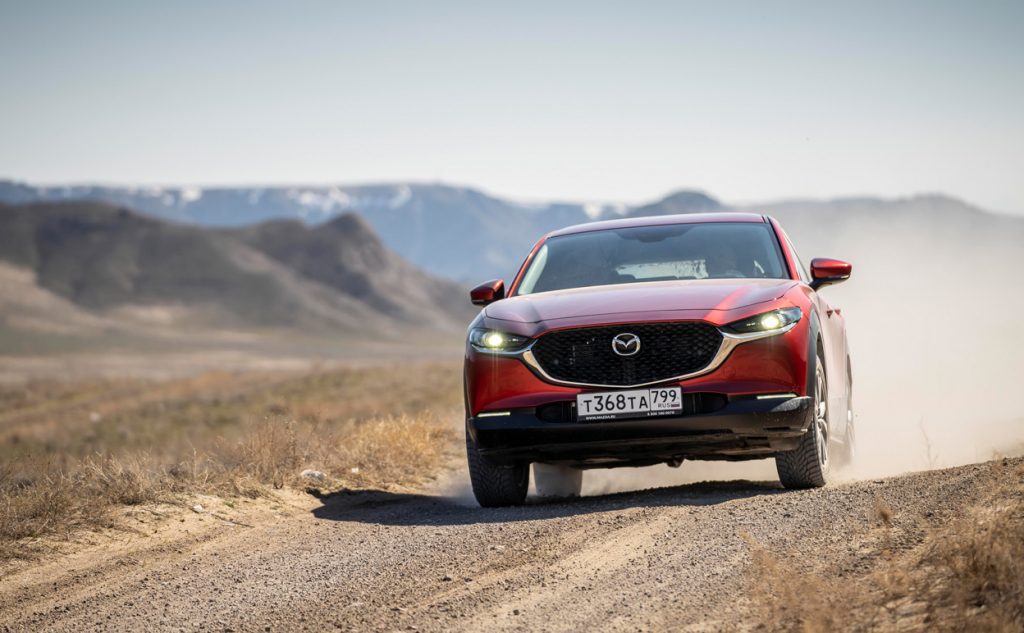
Here’s a radical idea though, you really don’t need all that space all the time. Besides, small cars can be posh too. The MINI pretty much exemplifies this statement.
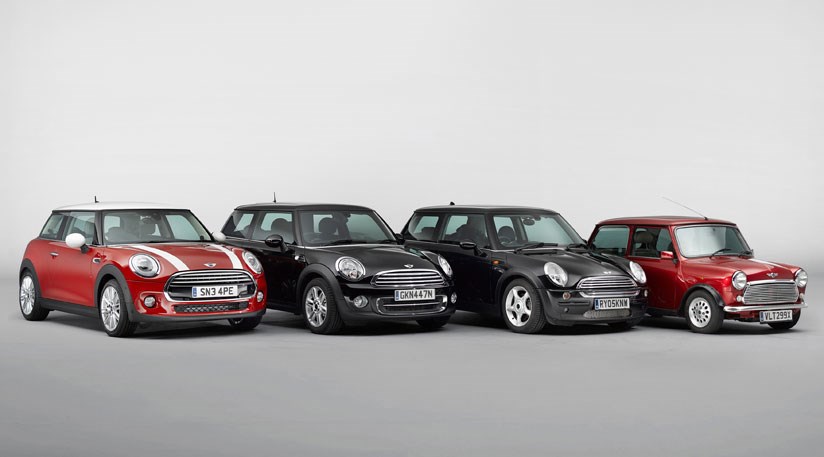
Also, I challenge anyone to object that the new Honda e is not the epitome of cool at the moment. Park one of these outside even the swankiest hotels, and it will easily stand toe-to-toe with the best of the supercar breed in terms of cool factor. And on the rare occasion that you really do need to move furniture around, call a specialised moving company instead.
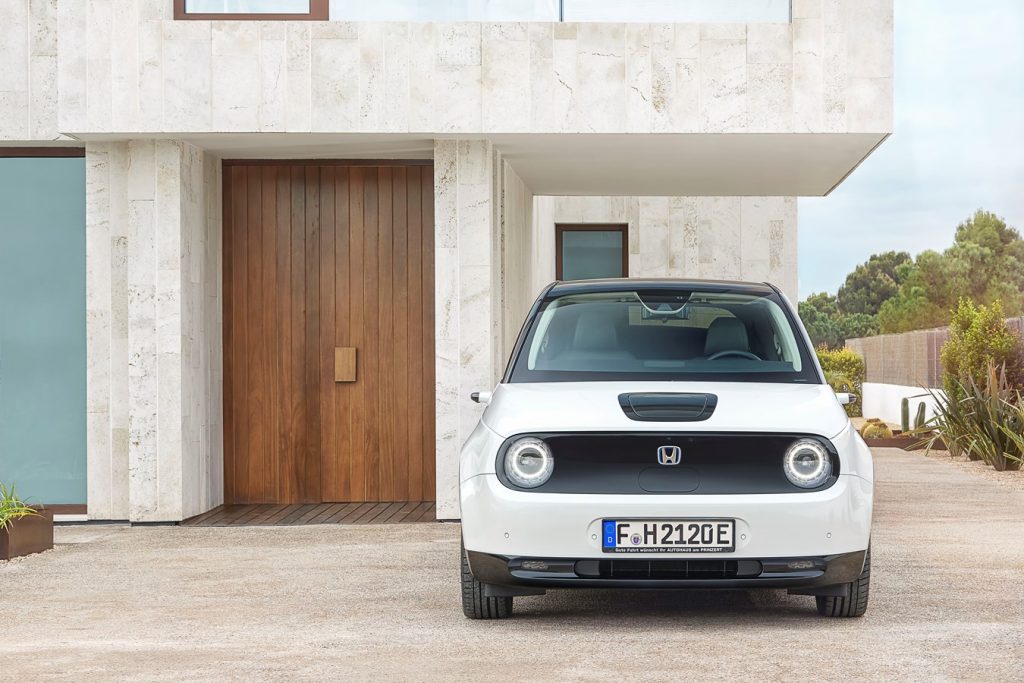
So then, the next time when you’re out car shopping, ask yourself whether you actually really need such a big car. Because in truth, most of the time, you don’t.
